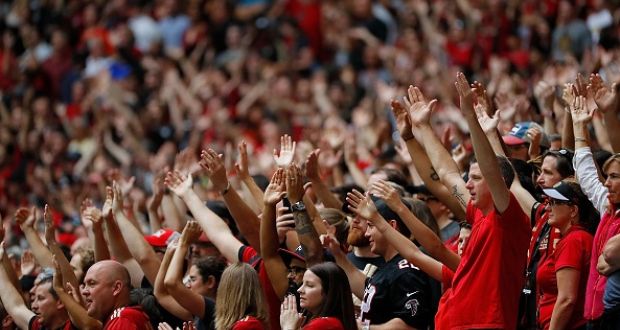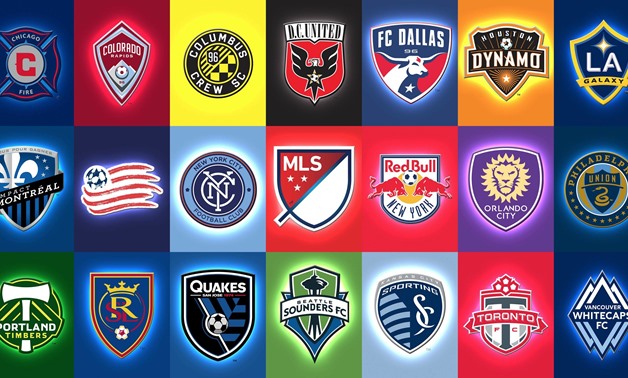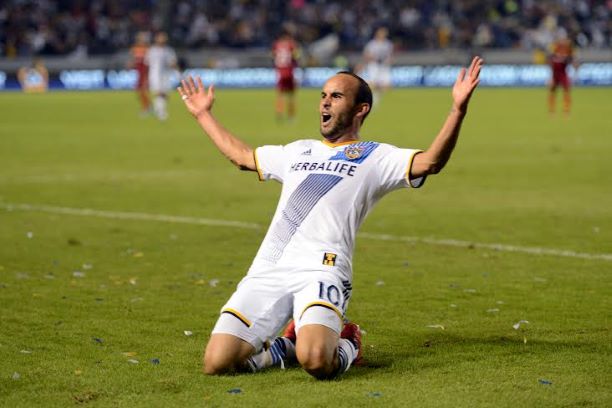Aston Villa’s change of strategy
Aston Villa’s change of strategy

 By Paul Wilkes, editor of LaLigaUK
By Paul Wilkes, editor of LaLigaUK
The philosophy of a football club will determine the immediate goals and long-term vision of the club. Within England, this has often been dictated at most sides by the manager. However in recent times as a more continental approach has been inserted by some; others have remained old-fashioned.
Under Martin O'Neill it was plain to see who organised footballing matters. A disciple of Brian Clough, that demanded complete control, a man-manager that would get the best out of his players. Transfer targets were his own and the strategy was to invest heavily in good young English talent as well as utilising players that he had worked successfully alongside in the past. With strong investment from the nice American after years of Scrooge Doug, the future looked bright and the ambition to break into the top 4 was almost within touching distance. When O'Neill rolled into town, Villa had just finished 16th - 8 points off the relegation zone. The next season they finished 11th followed by 3 consecutive 6th placed finishes but not without cost. According to figures used from transferleague.co.uk under O'Neill's 4 season tenure they had a net spend of £84.15 million!
In comparison to the previous four seasons where it had been just £13.625m. In the same time period as O'Neill, Rafa Benítez at Liverpool had a net spend of £53.05m. Although both had different starting points, initial strength of squads and expectation levels, Liverpool were expected to fight for league titles. Had you watched a pundit or picked up a newspaper at that time you would have been misled. In order to make the final push into a Champions League berth O'Neill felt more investment would be required, whilst progressing up the Premier League can be done at a moderate cost the next step would need to be much higher.
Randy Lerner decided it was a risk he wasn’t prepared to take, in doing so it was perceived as lacking ambition by the manager and a number of key players who have since departed. This may have been wise as clubs who have over spent throughout Europe such as Valencia and Sevilla are now in the uncomfortable position of balancing the debt. What many fans don’t realise is that Aston Villa like nearly all football clubs do have debt, which currently sits at £110m. £24m less than that of Arsenals which is often perceived as a well run club but with a turnover 4 times as insufficient as the London side. Question marks over a number of signings from fans were clearly matched by the board. Direct football and fast counter attacking wing play at best often worked against sides that were prepared to take the initiative but struggled when teams put 9 to 10 men behind the ball. A solid first eleven that would fade away in February every year as fatigue and injuries took their toll on a squad lacking depth.
Gérard Houllier and Gary McAllister took over proceedings for last season, results were poor and so was the Frenchman’s health in a season to forget all round. Gérard struggled with a number of players within the dressing room, he had after-all sold both John Carew and Brad Friedel at previous clubs and not given Stephen Warnock a chance whilst at Liverpool. Other players may have felt loyal to O'Neill and unhappy with the owners perceived new stance on expenditure. An initial payment of £18m for Darren Bent in January was made in order to starve off relegation as the striker hit 9 goals in 16 games. Before his arrival Villa had scored just 24 goals in 22 games, after which they bagged another 24 goals but in only 16 games. A deal which seemed a panic signing at the time proved to be more of a calculated risk, a price tag more than justified as the Midlands side kept their Premiership status. A 9th placed finish but just 9 points off relegation as things became tighter in the bottom half of the table.
So who’s pulling the strings at Villa Park now?

Randy Lerner holds the purse, it’s his club and won’t pay out big money unless the club are at significant risk. He pays a manager to manage and in fairness that’s what he has allowed them to do but now there are certain limitations. Whilst searching for the new man this summer they met with Spaniards Rafa Benítez and Roberto Martínez. Now the key to both of these coaches being sounded out is not their country of origin but there style of football, progressive and possession based. Tactics suited for the top-tier of the table, not exactly the same style as Alex McLeish! Martínez has a fantastic relationship with chairmen Dave Whelan at Wigan and a clear goal of top half football in the next 3-5 seasons. Benítez has already battled it out with 2 Americans over money and wasn’t about to make it 3rd time lucky. What’s needed is a manager that is in no position to try to call the shots, enter the Scotsman. A move that united all the fans but for all the wrong reasons.
Maybe Villa have got long-term goals, they have just been changed accordingly over the past 18 months? Maybe a realisation (after interviewing 2 managers) that the squad was best suited to direct long ball football? Without significant funds to change style of play, it’s probably best to stick to what you know.
Last month McLeish made these comments: "We’re trying to sign another one, and trying to replace the players who have left with players who are at the club, for the time being, it will just be one and we’ll be doing further assessment of the squad over the next few weeks.“
These comments made despite the sales of Ashley Young (£17m) and Stewart Downing (£20m) two of their best players. Both deals on the suffice seemed like good fees earned with Young having just 12 months left on his contract and many believing that Downing is over priced. However it doesn’t matter how much money you receive for a player if that money is not reinvested within the squad. But when you dig a little deeper it’s not quite as straightforward, Downing has completed more successful crosses in the past three seasons than anyone else in the Premier League. He is the top-flight’s 5th-most successful chance-creator over the past seven seasons only to be outdone by Giggs, Lampard, Gerrard and Fabregas. In this time he has created 40 assists the same total as Stevie G and on average he was fit to play in all but three games a season over the past five years. Still over priced?
Charles N'Zogbia has been brought in for a fee in the region of £10m and is an able replacement for one of these players in terms of ability but not both. Last season he completed the most dribbles in the league but reports that he was willing to go on strike to seal the move are hardly ideal for any dressing room and god help anyone who gets his name wrong. It’s still not out of the realm of possibility that new signings will come but it’s unlikely to be for commanding fees. Selling your best players for a tidy profit isn’t necessarily a bad thing as long as you have the scouts to identify cheaper replacements that could potentially reach the previous players level. A problem not just found at Aston Villa but at most Premiership sides as their scouting networks often let them down when measured against their European
Big Eck hits the nail right on the head, O'Neill’s signings were geared towards top six finishes with wages to match. There are a number of players that whilst they didn’t command the highest of fees are on wages which are too high just to sit around on the bench. At £80 million, Villa have the 6th highest wage bill in the country higher than that of Tottenham. In comparison to similar sized supported clubs Sunderland and Everton who both have a wage bill of £54m, there is some shredding to be done. Without being able to release these players off the wage bill, it seems that McLeish has been instructed to get the best out of what he has got. The recently appointed manager stated: "We can’t just discard players that are on big wages and say ‘right, we’ve had enough of you, I’m going to try someone else, but in the meantime you can have your wage every week."
Perhaps that’s wise as Alex had a net spend of £36.5m over his last 2 seasons at Birmingham and they still got relegated. The other approach is to utilise the youngsters; of which Villa have many but having successful youth teams is not the same as having good young players that can play at the highest level. Sales this summer seem to be in order to cover the cost of Mr Bent but what happens if he doesn’t get the service required to score the goals? More investment in January?
Having dreamed of Champions League football just 18 months ago, fans are now faced with the prospect of more limited aspirations. A top half finish would now be deemed a success as Villa enter the 2011/12 season. With McLeish having been manager of their hated rivals, results and performances will need to go through the roof in order to win over the Villa sceptic. A tall order for any manager in this situation, if the fans don’t want you from the start then your on a hiding to nothing, just ask Roy Hodgson. The biggest question if things go wrong quickly will be the reaction of Mr Lerner, for the first time fans are beginning to ask serious questions of his ownership. Does he listen to the fans as he supposedly did over Steve McClaren or does he show faith in the man he appointed as he has done previously? Chopping and changing managers also costs money that he is unwilling to part with. Perceptions will be hard to change and the adjustment in strategy has just made things even more awkward







